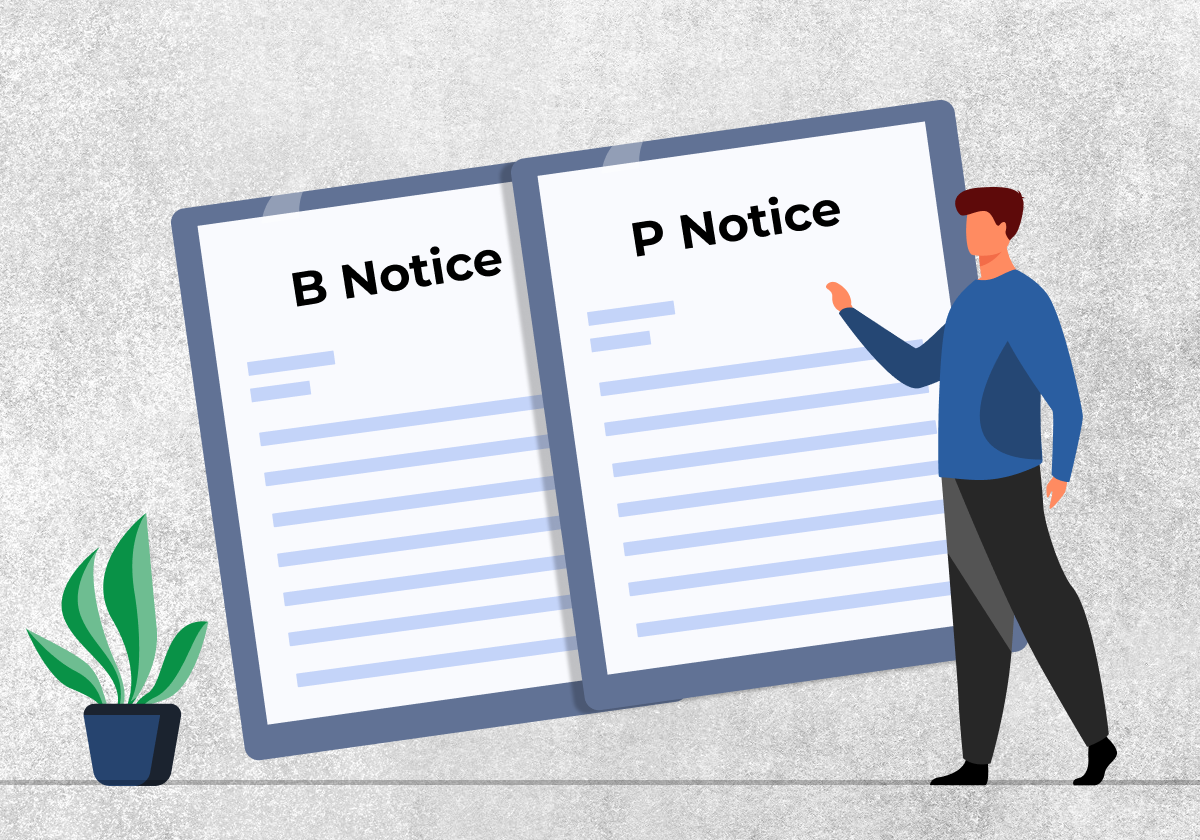Your company receives a CP2100 (B Notice) or 972CG (P Notice) when there’s a discrepancy between the name and tax identification number (TIN). This is a common issue in 1099 reporting but can be resolved with simple strategies.
However, addressing IRS B Notices & P Notices becomes challenging when working remotely due to the paper-based process involved in the typical business environment.
Every year, the IRS sends out B notices when the Name and TIN on 1099 forms filed do not match IRS records. This is a key process for the IRS as the Name/TIN combination is how they are able to match payment information with tax returns filed by individual taxpayers. Each notice necessitates your company to take specific actions within set timelines to avoid or reduce penalties. Preparation is crucial as IRS B Notices & IRS P Notices season approaches, and Tax1099 can offer valuable assistance!
In this blog, we’ll cover the following topics:
- What are CP2100 (B Notices) and how can you correct them?
- What exactly are 972CG (P Notices) and how can you abate them?
- Looking for the best practices to minimize B & P Notices, such as TIN matching?
- What are the crucial considerations for effectively managing B & P Notices this year?
What is an IRS B Notice?
When you send a Form 1099, the IRS checks if the person’s name and tax ID match what they have.
This synchronization is pivotal for the tax system. If the names and TINs don’t align, the IRS can’t follow the reported income in a tax return, potentially resulting in a tax revenue loss.
The notice indicates that the payor is responsible for applying backup withholding and includes a list of missing, inaccurate, or not currently issued payee TINs.
What does a B Notice look like?
A B Notice is a message from the IRS, usually arriving in September or October, in the form of IRS Notice CP2100 or CP2100A.
This notice contains a list of 1099 Forms that were filed without a TIN or where the name and TIN combination doesn’t match the IRS criteria. It mentions that the filer might need to do backup withholding.
The format of the notice, whether it’s on CD, DVD, or paper, depends on the number of errors in Form 1099. If there are fewer than 50 errors, filers get a Notice CP2100A on paper.
Sometimes, a filer might get a second-pass B Notice, typically in March of the next year. This one deals with Forms 1099 that were filed late or corrected, with mismatches in the name and TIN combinations.
What should you do when you receive a B Notice?
Upon receiving a B Notice, you have certain tasks to complete within a set timeframe:
- Check if any payee accounts have the same details as mentioned in the B Notice.
- Notify the payee about the B Notice within 15 business days from when you received the notice, or the date mentioned on the notice—whichever is later.
- If payment to the payee is expected more than 30 business days from receiving the B Notice, apply backup withholding unless the necessary documentation to resolve the B Notice is provided before that date.
- If the recipient has provided updated information or if you have a newly signed W9 form you may have the option to avoid backup withholding
- When you receive the B-Notice, you may want to request a signed W9 from the recipients, this can be done on paper or using a service such as Tax1099 for electronic solicitations
What is an IRS P Notice?
A “Notice of Proposed Civil Penalty,” often abbreviated as “Notice P,” is issued by the IRS to propose civil penalties for various infractions related to information returns. These penalties may be proposed for actions such as late filing, using incorrect media for filing, or submitting returns with missing or incorrect Taxpayer Identification Numbers (TINs). The IRS typically initiates the mailing of these notices in July.
Missing or Incorrect TIN Listing
- Check the inaccurate TIN listing against current records to verify if the name/TIN combinations match or don’t match with the records.
- If the name/TIN combination in the listing matches the records, proceed with the necessary solicitation.
- If the name/TIN combination in the listing doesn’t match the records, no solicitation is needed.
Respond to the IRS within 45 Days
- Return the response page indicating agreement or disagreement with the proposed penalty.
- Provide a signed, detailed explanation when disagreeing with the penalty.
- Include all efforts undertaken by you to correct any name/TIN issues.
- Include a description of the documentation you have regarding the name and TIN of your recipients, including any completed W9 forms you can provide to substantiate a request to abate the penalty.
- The proposed penalty will be assessed when no response is received.
Tax1099 has a Complete Solution for e-Filing 1099 Forms!
Need more insights on meeting IRS requirements for your business? Reach out to our team to get your questions answered and explore how we can support you to stay compliant.
As an IRS-authorized e-File provider, Tax1099 has over a decade of experience filing tax forms with the IRS.



